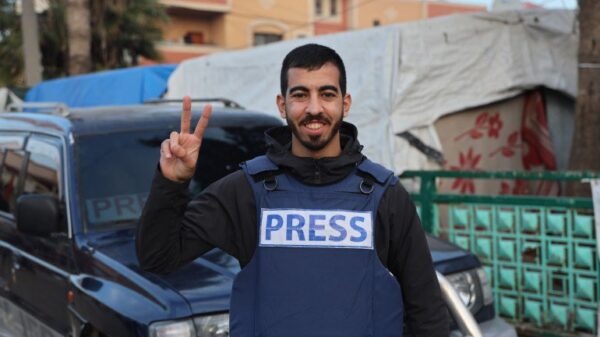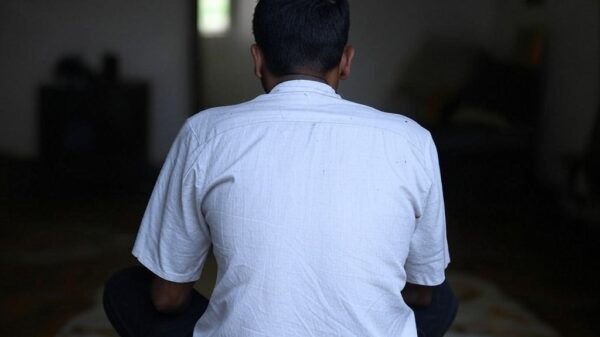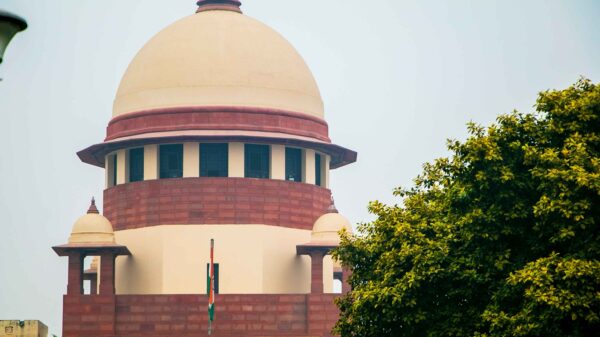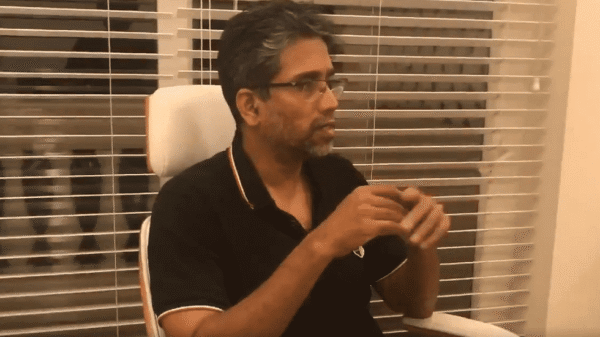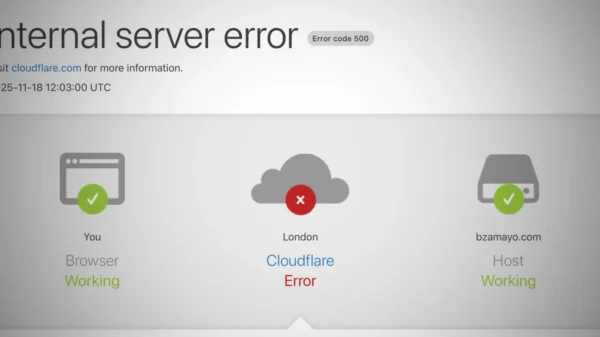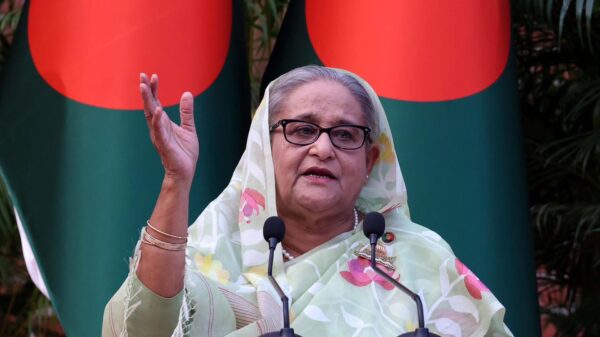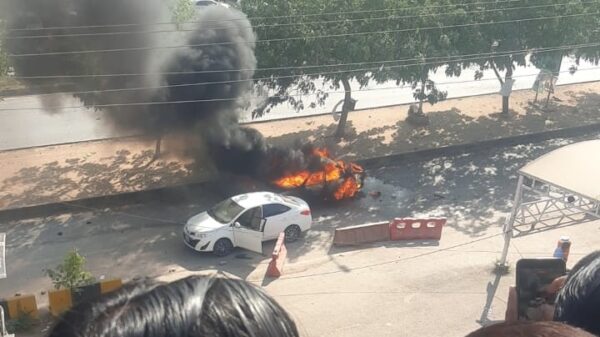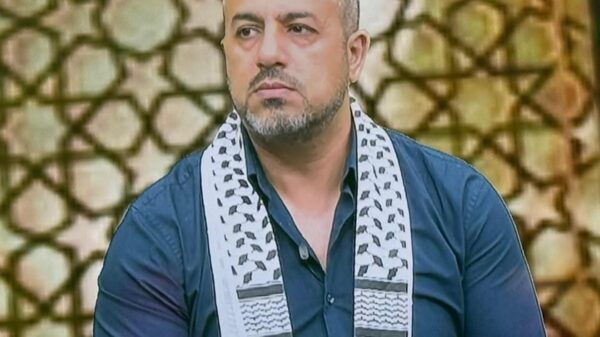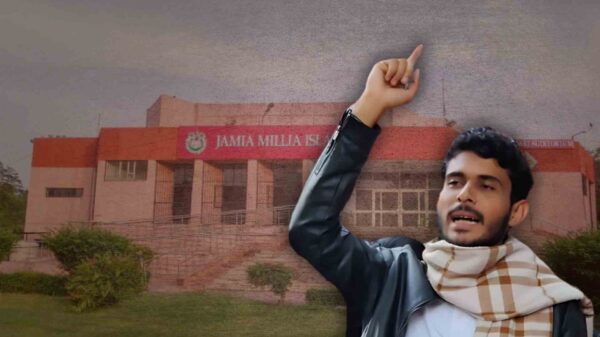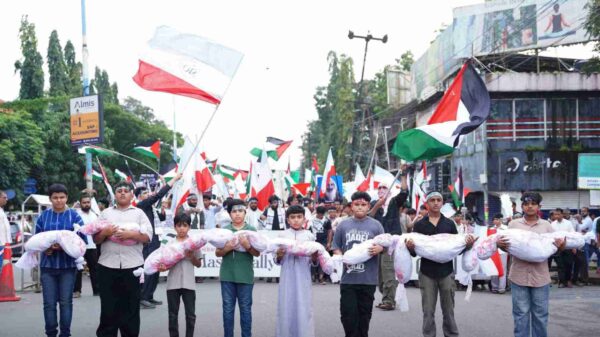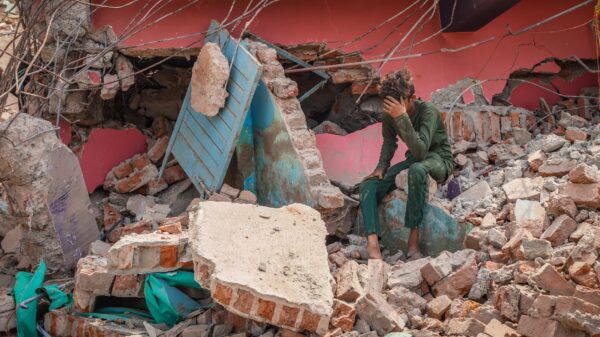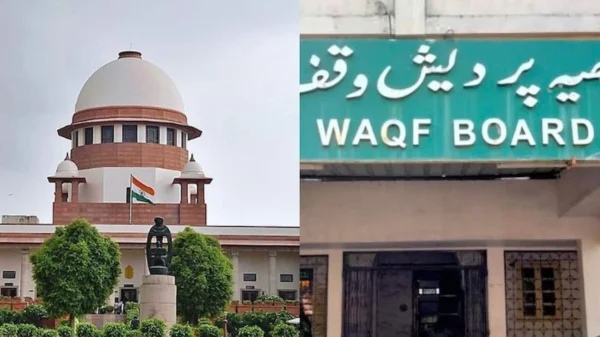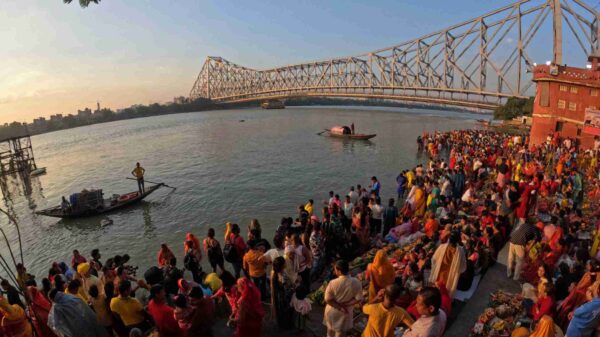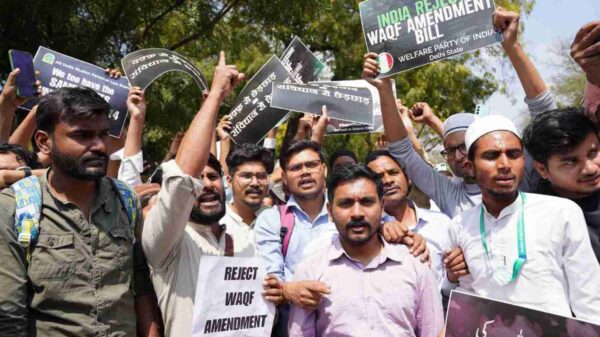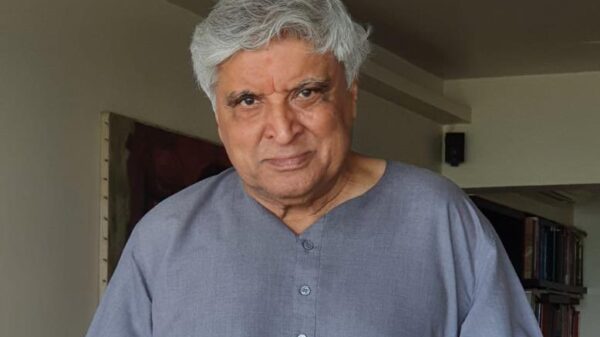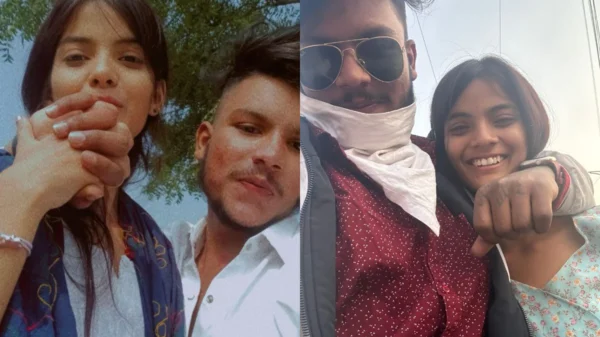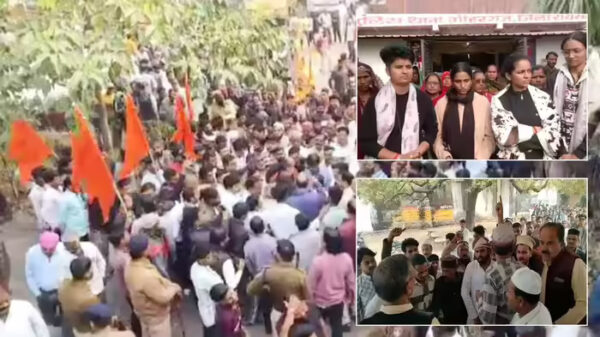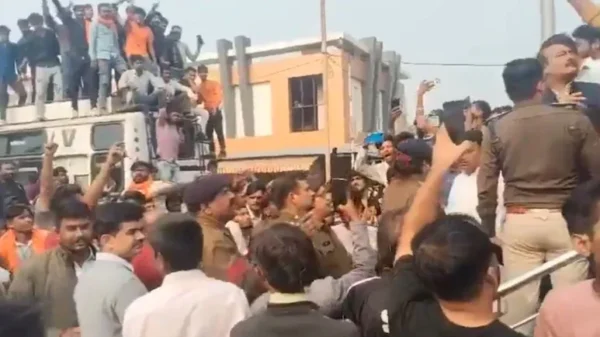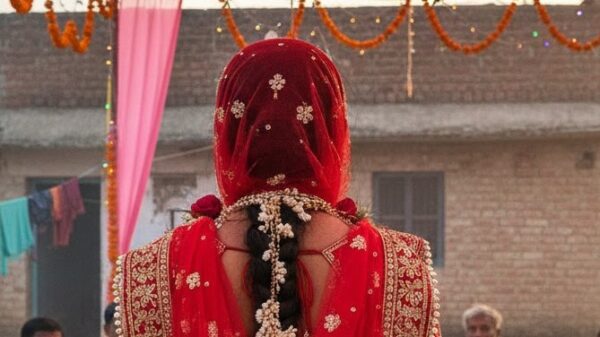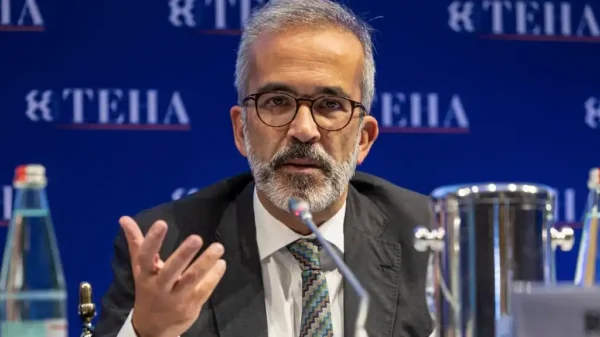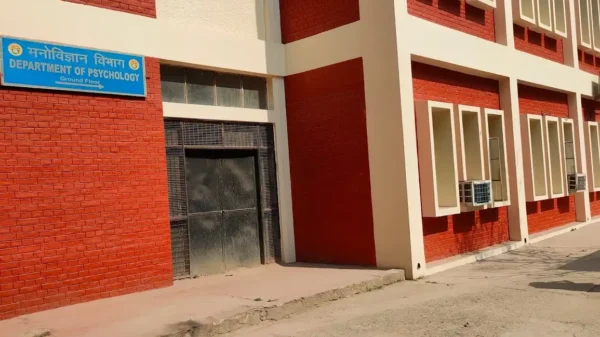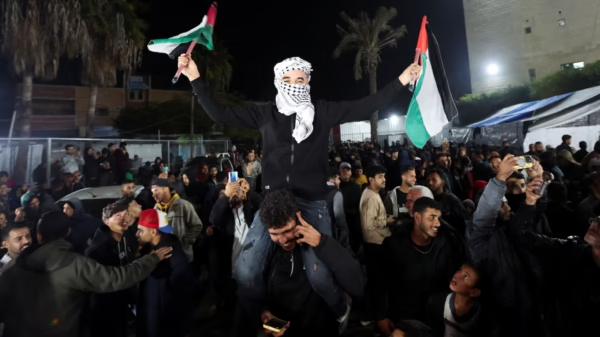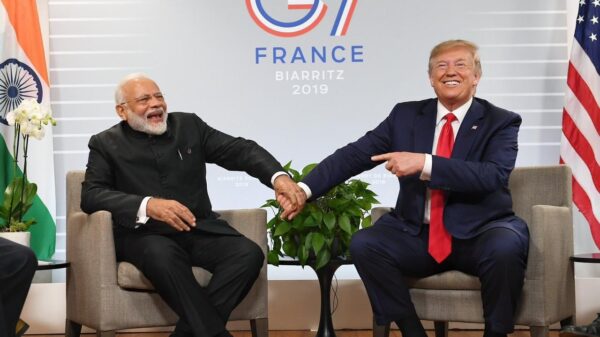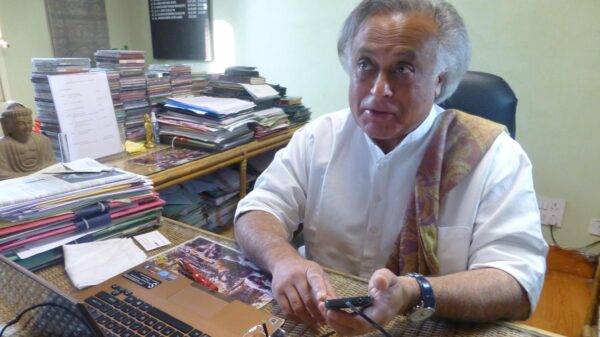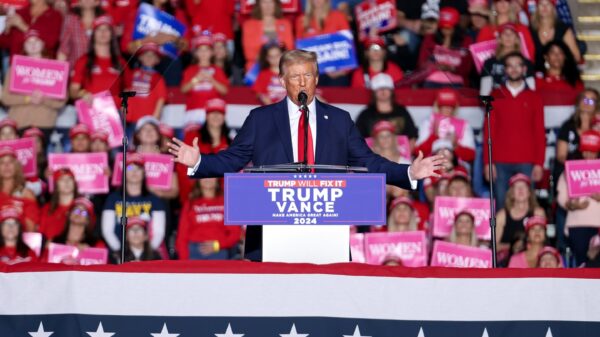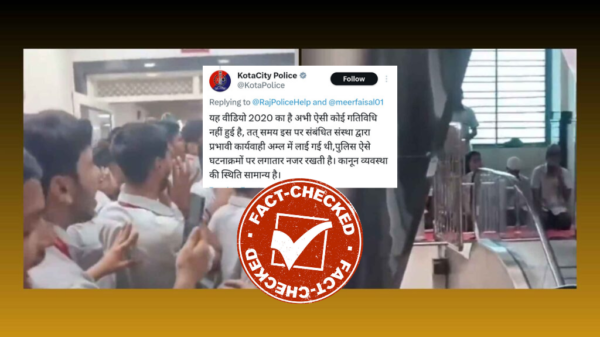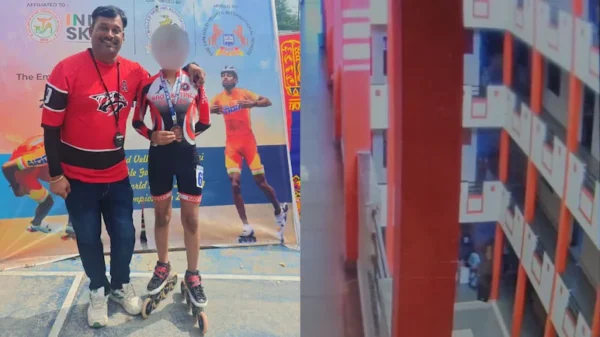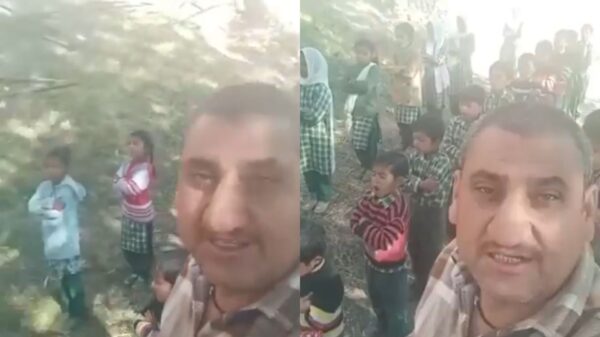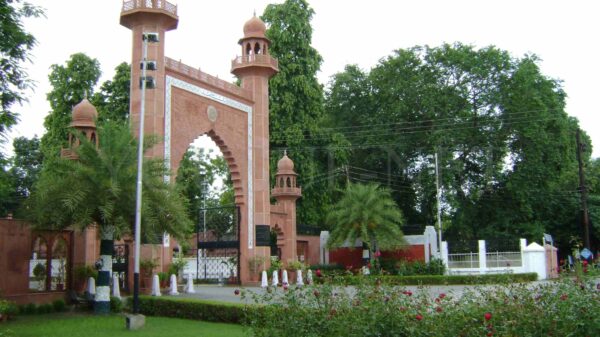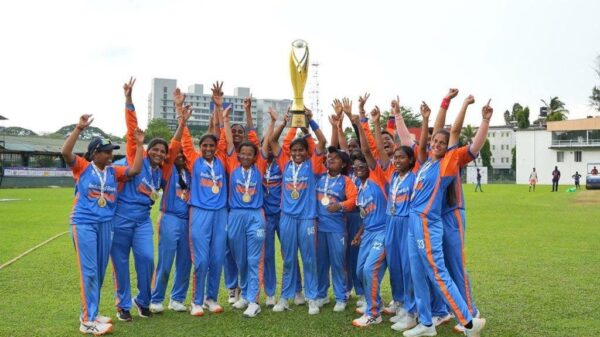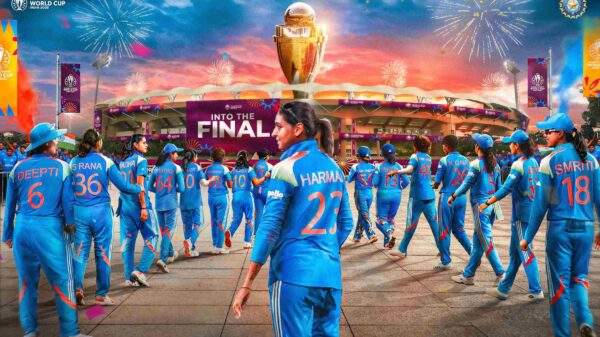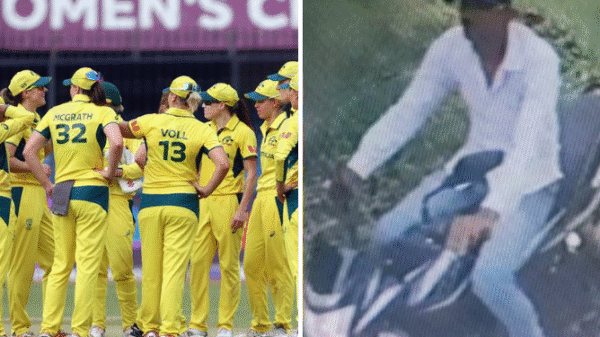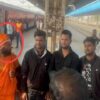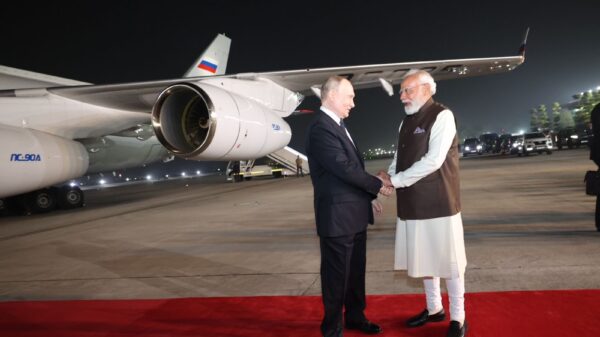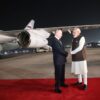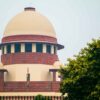Chief of Army Staff (COAS) General Upendra Dwivedi’s recent visit to the ashram of Jagadguru Rambhadracharya in Chitrakoot, Madhya Pradesh, has sparked public debate over the appropriateness of a serving military officer engaging in religious ceremonies while in uniform.
During the visit on May 28, General Dwivedi was seen receiving blessings from the prominent spiritual figure. Rambhadracharya later made headlines by telling PTI, “I initiated the Army Chief into the Ram Mantra — the same mantra Hanuman ji received from Sita ji and achieved victory over Lanka. When the matter of dakshina (offering) came up, I asked for something no teacher has asked before: I want PoK. He accepted my request.”
The comment comes just weeks after Operation Sindoor, when India launched military strikes on targets in Pakistan following an attack in Pahalgam, sparking a four-day conflict that ended with a ceasefire on May 10.
Observers and military veterans have raised concerns about General Dwivedi’s appearance at a religious site in uniform, questioning whether it violates the military’s code of conduct on religious neutrality.
In 2024, the Army had reinforced internal guidelines prohibiting soldiers from wearing religious symbols or participating in religious events while in uniform, after social media controversies showed personnel blending military and religious identities.
One defense expert noted, “The Army is a secular institution meant to stand above religious divisions. Any appearance that blurs that line, especially by the Chief, risks undermining public confidence in the Army’s neutrality.”
The Army has not yet issued a statement on the visit.
The episode comes months after another symbolic controversy when a historic photo of the 1971 Pakistani surrender in Dhaka was removed from the Army Chief’s office, reportedly replaced by a Mahabharata-inspired painting. The Army later clarified that the photo had been moved to Delhi’s Manekshaw Centre.


